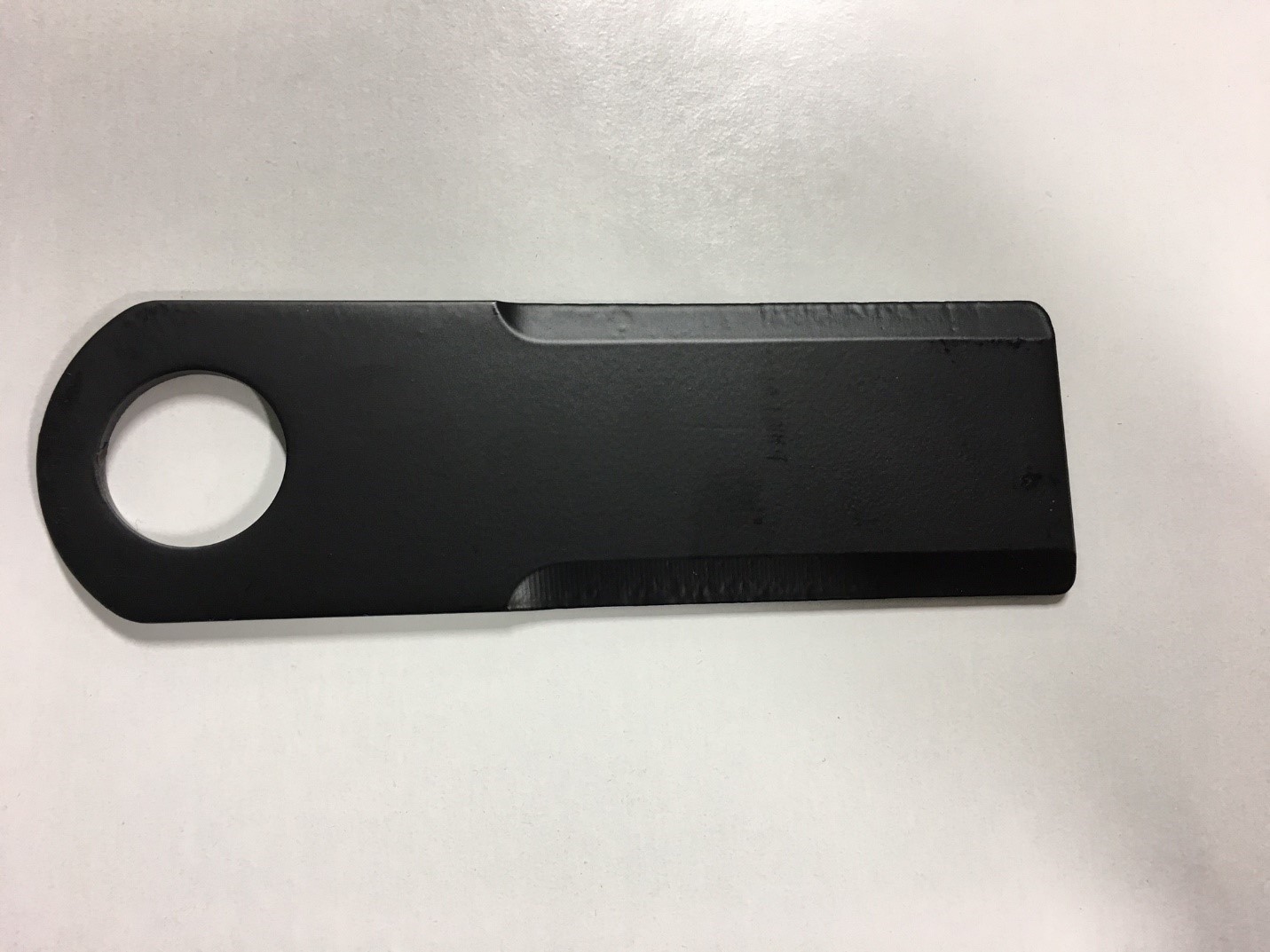

Now I usually just start with #0000 steel wool. When I began restoring handles, I would sand with 220 grit sandpaper or lower, and take them up to a 600 - 1000 wet sand. When that happens, just don't get blood on the handle. Tape over the edge of the blade, especially if it's sharp.

I recommend buying a few of these knives to practice sharpening, the rest or the restoration process is pretty straightforward. On a knife from the east, you may not be able to read the characters, but chances are it's worth grabbing if it's cheap.

If there is a stamping on the blade, or an etching, or any logo on the handle, you will be able to identify the knife and see if it's worth anything. For a good and quick overview of different knife types, check out this Instructable: The Knife Box, for Culinary students, Chefs, and Avid Cooks! by dustinbikes. There are small paring knives, steak knives for the table, serrated bread knives, versatile chef knives of different sizes, butcher knives, thin fillet knives, and sashimi knives with a flat side to the blade, and then there are more specialized knives of all shapes and sizes. There are many different types of knives for different purposes. Cracks in wood handles can be repaired, and even re-handling a knife isn't that difficult if you have basic tools. If the knife is worn down, but it's from a well known manufacturer (like the Henckel knife in the photos), it might be worth getting anyway.ĭon't be too worried if the blade isn't sharp or if the edge has small nicks. You can still get them sharp, but they turn into thin fillet knives, not the chef's knife they were intended to be. Many old knives will have been sharpened so much that there's not much life left in the blade. Anything that's badly bent (looking down the edge) or cracked, pass it up. I avoid plastic handles and stainless steel, but that's my preference. Grab every cheap one you can find.Ī magic combination is an old knife with surface rust but no deep pitting (especially near the edge), with wood handles that aren't split, and with a blade that still has some life left in it. Japanese knives may be half tang, but they have laminated steel blades, and are amazing knives.
#Antique chopper knife full
The blade of a full tang knife will have metal that extends to the back of the handle, usually with brass rivets holding the wood scales in place.

The Tang Style will tell you more about the knife. If someone hasn't thrown it away in 50 years, there's probably a good reason. If the handle is a dark wood (walnut, rosewood, ebony, etc.), this usually indicates that it wasn't the cheapest knife when it was new.Īnything old (50+ years) and with a stamped maker's mark should be decent. If the knife has a decent weight to it and feels balanced when you pick it up, that's good. I basically look for rusty blades and wooden handles. Search local flea markets first, then try second hand stores or craigslist, and then antique shops or ebay. The most important step is to find a good knife. Making a Stock Removal Chefs Knife by Badger the Bladesmith.If you're feeling ambitious and want to make your own knife instead of restoring, check out these Instructables: Rust can be removed, handles can be restored or replaced, and as long as there is life left in the blade, you can have a razor sharp knife that will make chopping and cooking at least 3 times as fun. The blade will rust, the handles will split from being wet, and you'll ruin a 50 year old knife in a month.īut if you're looking for a quick project, restoring an old knife is really worthwhile. If you're the type to put a knife away wet, or leave it in the kitchen sink, then older knives aren't for you. Higher end knives will have brass rivets, and are just beautiful. They were made before the time when plastic and stainless steel was par, so instead of mediocrity, you'll find high carbon steel and wooden handles. I like old knives because the quality is there, and they're cheap. There are five basic steps to restoring an old knife:


 0 kommentar(er)
0 kommentar(er)
